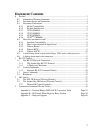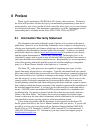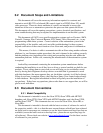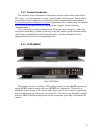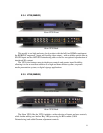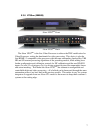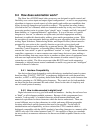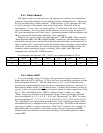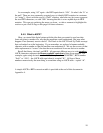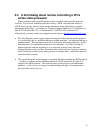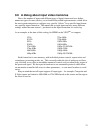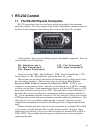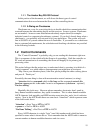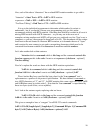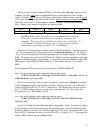
As an example, using “65” again – the HEX equivalent is “41h”. So what’s the “h” at
the end? There are two commonly accepted ways to identify HEX notation in a sentence
(or “string”). One is with the use of a “0x00” notation, where the two last zeros represent
the two HEX characters, or with “00h” showing that this is a two nybble-byte in HEX
notation. This can get confusing the more you learn – so take a moment to highlight this
section or put a Post-It flag on this page for future reference.
0.4.5 What is ASCII?
Okay, we started this digital primer with the idea that we wanted to send our data
from one place to another in a way that the machines could understand. But now what
happens if we (humans) want to read it? Well back to the ASCII Look-Up-Table concept
that we brushed on at the beginning. If you remember, we replaced a human-readable
character with a number so that the machine can understand it. We use the reverse of that
table replacement to “extract” the data that was transferred from one device to another.
Recall that binary, decimal, and HEX - all represent different ways to write numbers.
ASCII characters represent the Human-readable equivalent of that given number. For
example, again using decimal number “65” (binary number: “00100001”, HEX number
“0x41” or “41h”) – the ASCII table equivalent is a capital “A”. All four of these
numbers mean exactly the same thing to a machine using an ASCII table – capital “A”.
A simple ASCII to HEX conversion table is provided at the end of this document in
Appendix A.
10



